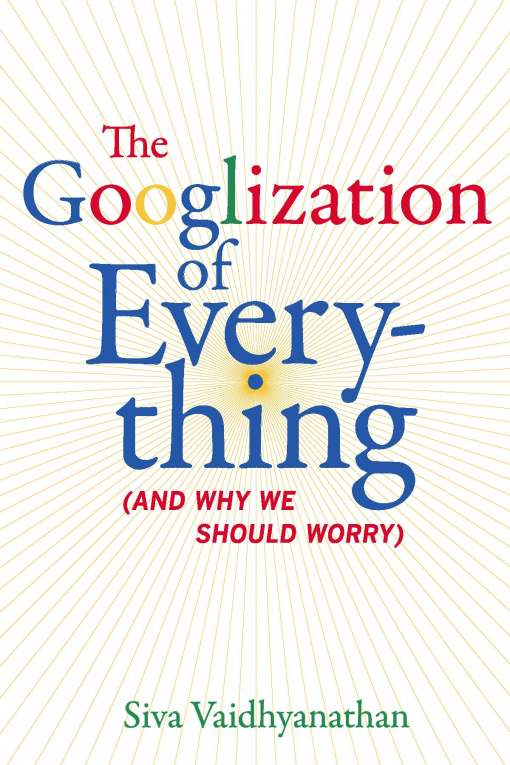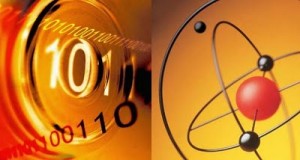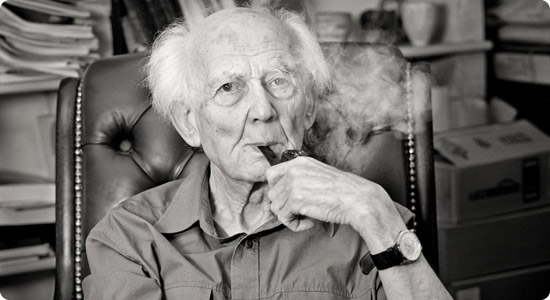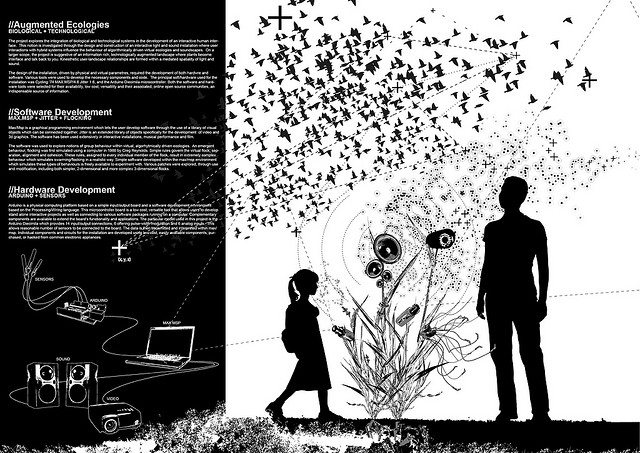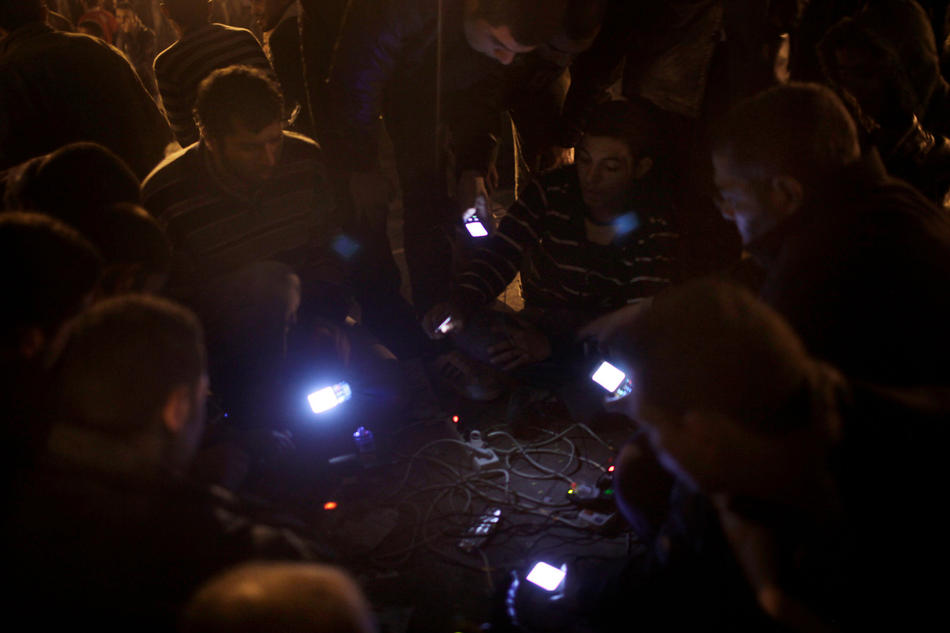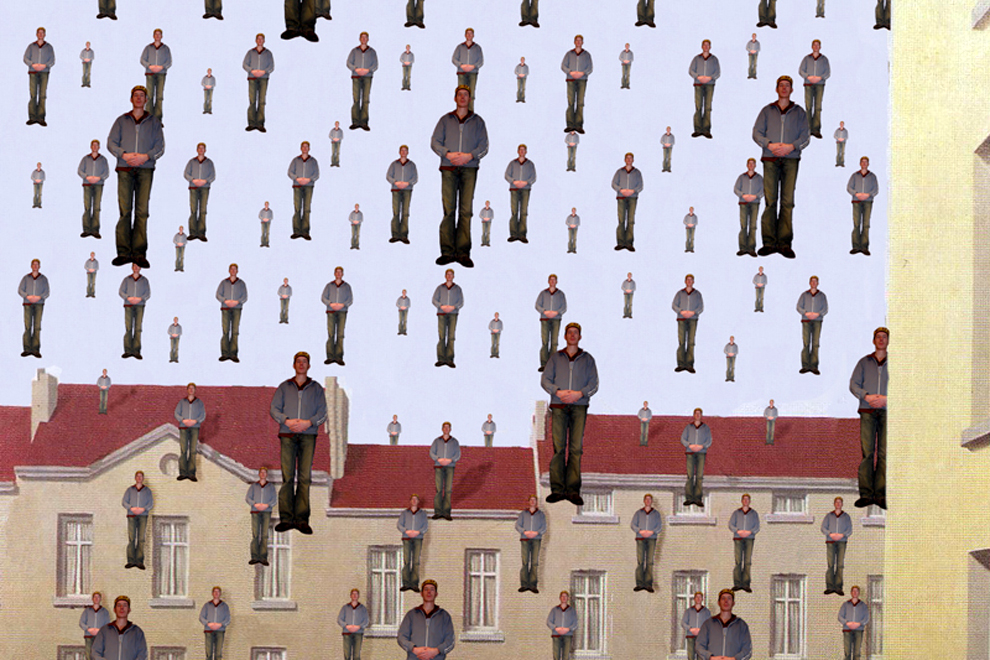I am working on a dissertation about self-documentation and social media and have decided to take on theorizing the rise of faux-vintage photography (e.g., Hipstamatic, Instagram). I want to start fleshing out ideas and will do so with a three-part series on this blog: I will post part two (“Grasping for Authenticity”) tomorrow and part three (“Nostalgia for the Present”) Thursday.

This past winter, during an especially large snowfall, my Facebook and Twitter streams became inundated with grainy photos that shared a similarity beyond depicting massive amounts of snow: many of them appeared to have been taken on cheap Polaroid or perhaps a film cameras 60 years prior. However, the photos were all taken recently using a popular set of new smartphone applications like Hipstamatic or Instagram. The photos (like the one above) immediately caused a feeling of nostalgia and a sense of authenticity that digital photos posted on social media often lack. Indeed, there has been a recent explosion of retro/vintage photos. Those smartphone apps have made it so one no longer needs the ravages of time or to learn Photoshop skills to post a nicely aged photograph.
In this essay, I hope to show how faux-vintage photography, while seemingly banal, helps illustrate larger trends about social media in general. The faux-vintage photo, while getting a lot of attention in this essay, is merely an illustrative example of a larger trend whereby social media increasingly force us to view our present as always a potential documented past. But we have a ways to go before I can elaborate on that point (see parts II and especially III of this essay). Some technological background is in order. more...

